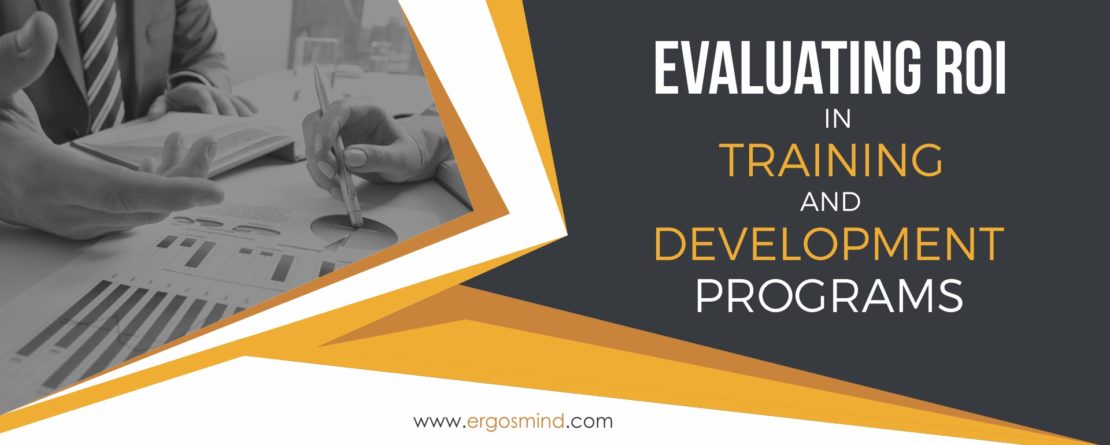How to Assess ROI in Training and Development Programs?
Training isn’t just important for your organization, it is vital. Training and development programs enable your organization to have an upper hand over your competition. Several companies are hesitant to invest in training programs because their employees attending it might miss out on work time, which may delay completion of projects. However, since training sessions are so crucial, it begs the question, are there any concrete ways to know the ROI of such programs?
ROI for training programs can be measured by using a simple formula:
ROI (%) = ((Monetary benefit – Training Cost)/Training Cost) x 100
To use this formula, the first step would be to keep a track of the total cost of the training program. The next step would be to evaluate the monetary benefits after the program is over. These include decreased absenteeism rates, reduced compensation costs, increased productivity and lower employee turnover costs.
The only aspect this formula does not consider is “missed opportunity” costs. Opportunities are plenty, but taking advantage of these opportunities and envisioning the future of the organization is important. Organizations must realize that in order to remain competitive in the marketplace, there is a constant need for growth. It is important for companies to move from a ‘If it’s not broken, why fix it?’ mindset to a ‘How can I be a market leader?’ mindset.
Here are four key factors to evaluate the ROI of training programs using the 1Kirkpatrick’s Learning Evaluation Model:
- Reaction: The first step in this process is to check what your employees feel about training or coaching sessions. Further, it is crucial to talk to them and let them know the purpose of the training, how it will benefit them as individuals and the company as a whole. This may seem like a given, but it begins with these small steps.
- Learning: Following up after training sessions is important. Checking what your employees have learned and how they are applying it can be done through a pre and post-skills audit or scenario/simulation tests. This will be one way of evaluating the success of the training program.
- Behaviour: At this stage, you need to check if your employees are demonstrating changes in behavior? Are they are implementing what they have learned? And is it bringing about the desired change in the organization?
- Results: It is important for the organization conducting the training to agree upon goals internally. When goals are set in place, it is easier to work towards achieving them. Once the training session has been conducted, you can analyze the correlation between growth in the organization and the training program.
At Ergos Mind we design and customize all our modules and workshops as per the goals of the organization so as to guarantee ROI through all our training and development programs. We craft our modules strategically in order to ensure that your employees grow and add value to your vision. Contact us to know more about our workshops and training programs.
Sources:
1. Kirkpatrick. The Kirkpatrick Model. https://www.kirkpatrickpartners.com/Our-Philosophy/The-Kirkpatrick-Model





Recent Comments